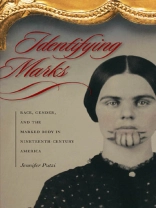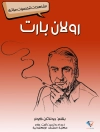What we know of the marked body in nineteenth-century American literature and culture often begins with The Scarlet Letter’s Hester Prynne and ends with Moby Dick’s Queequeg. This study looks at the presence of marked men and women in a more challenging array of canonical and lesser-known works, including exploration narratives, romances, and frontier novels. Jennifer Putzi shows how tattoos, scars, and brands can function both as stigma and as emblem of healing and survival, thus blurring the borderline between the biological and social, the corporeal and spiritual.
Examining such texts as Typee, Uncle Tom’s Cabin, Captivity of the Oatman Girls, The Morgesons, Iola Leroy, and Contending Forces, Putzi relates the representation of the marked body to significant events, beliefs, or cultural shifts, including tattooing and captivity, romantic love, the patriarchal family, and abolition and slavery. Her particular focus is on both men and women of color, as well as white women-in other words, bodies that did not signify personhood in the nineteenth century and thus by their very nature were grotesque. Complicating the discourse on agency, power, and identity, these texts reveal a surprisingly complex array of representations of and responses to the marked body—some that are a product of essentialist thinking about race and gender identities and some that complicate, critique, or even rebel against conventional thought.
Over de auteur
JENNIFER PUTZI is a visiting assistant professor of Women’s Studies and English at the College of William and Mary.












